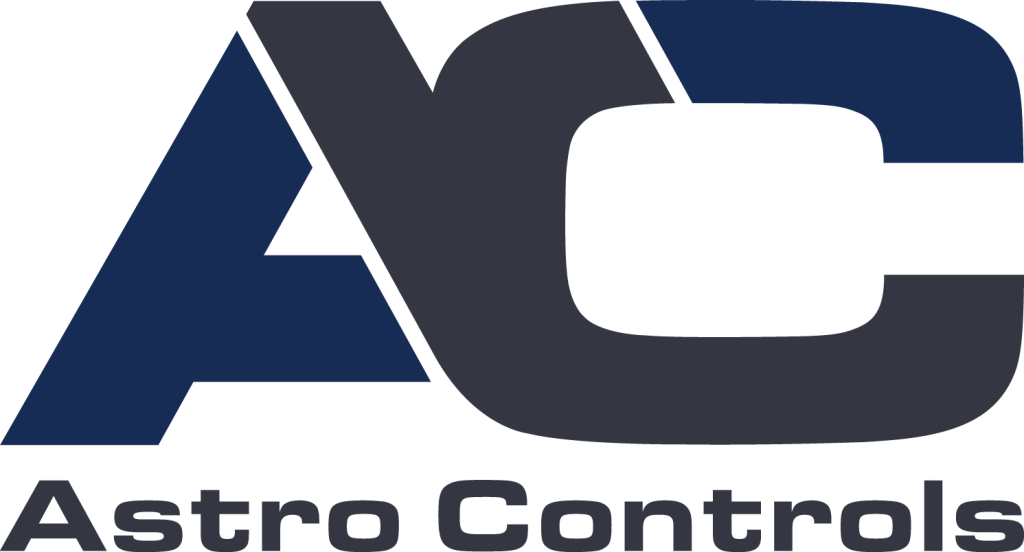Air dryers and pressure reducing valves
Each pneumatic system consists of a complete range of components before the compressed air reaches the machine. Compressed air must be generated and this is traditionally done by a compressor. However, when the air is compressed, the dew point changes, causing moisture to be released from the air, which then enters the pneumatic system. An air dryer is recommended to extract this moisture. This is also called an air supply unit.
A so-called FRL unit is often used with the machine. This pneumatic FRL system consists of a filter, pressure reducer and oil nebulizer (FRL = Filter, Regulator & Lubricator).
Watch a video about Bimba air care systems below:
FRL System
The FRL System ensures that the components in the machine have the correct pressure, the air is clean and there is oil in the air to lubricate the components. The filter has a filter element that has many very small passages to retain large pieces of contamination. The air can pass through this and the dirt remains in the filter element.
The pressure reducing valve ensures that the pressure from the compressor is reduced to a level for which the machine is designed.
A compressor can easily supply up to 15 bar of pressure, but not all pneumatic components are designed for this. As a result, many machines are made for an average of approximately 6 bar. This is safer in case the pressure is limited, and at the same time it is also more energy efficient. The oil nebulizer releases a small amount of oil into the air that ends up in cylinders and valves, ensuring that the components remain lubricated to extend their lifespan.
Types of pressure reducing valves
There are different pressure reducing valves. However, there are also options for reducing the flow. In a pneumatic actuator (for example a cylinder or a gripper), the pressure provides the force of the actuator. The flow rate determines the speed of the pneumatic actuator. The different types of regulators can be divided into pressure and flow:
Pressure reducer
Standard pressure reducer. This is the simplest design and has limited accuracy. They are often used at the supply to the machine. They are adjusted to the correct output pressure by means of a rotary knob.
Precision reduce. These pressure reducing valves are more complex in design, and therefore ensure stable pressure without fluctuations and inaccuracies.
Electrically driven reducer. Instead of the rotary knob, there is an electrically driven motor that can adjust the outgoing pressure. This can adjust the pressure proportionally.
Proportional pressure reduction. This regulator has two valves that regulate the pressure in a volume and can therefore achieve the most precise pressure. One valve is the fill valve and the other valve is the dump valve. The pressure is measured in the volume and by letting air through (filling) or removing air (dumping), the pressure in the volume changes. This volume can then be used to precisely direct the pressure into an actuator for precise force.
Flow reducer
A manual flow controller, or flow controller, is a needle control valve in which a passage is limited by a needle. These valves can, for example, be used to determine the speed at which a cylinder is filled.
A proportional flow controller, this proportional flow control is a component that can proportionally adjust the passage. This is a unique design Mac Valves, where a stepper motor controls the needle and can thus increase or decrease the flow linearly. This flow regulator not only works for compressed air, but also for liquids.
Air dryers and pressure reducing valves
With more than 40 years of experience in air care, Astro Controls can help you choose the right air dryers and regulators for your applications. Thanks to our focus on customization, we can always deliver suitable solutions for your processes.
Curious about how we can help you optimally organize your air supply? Please contact us to talk to one of our specialists.
